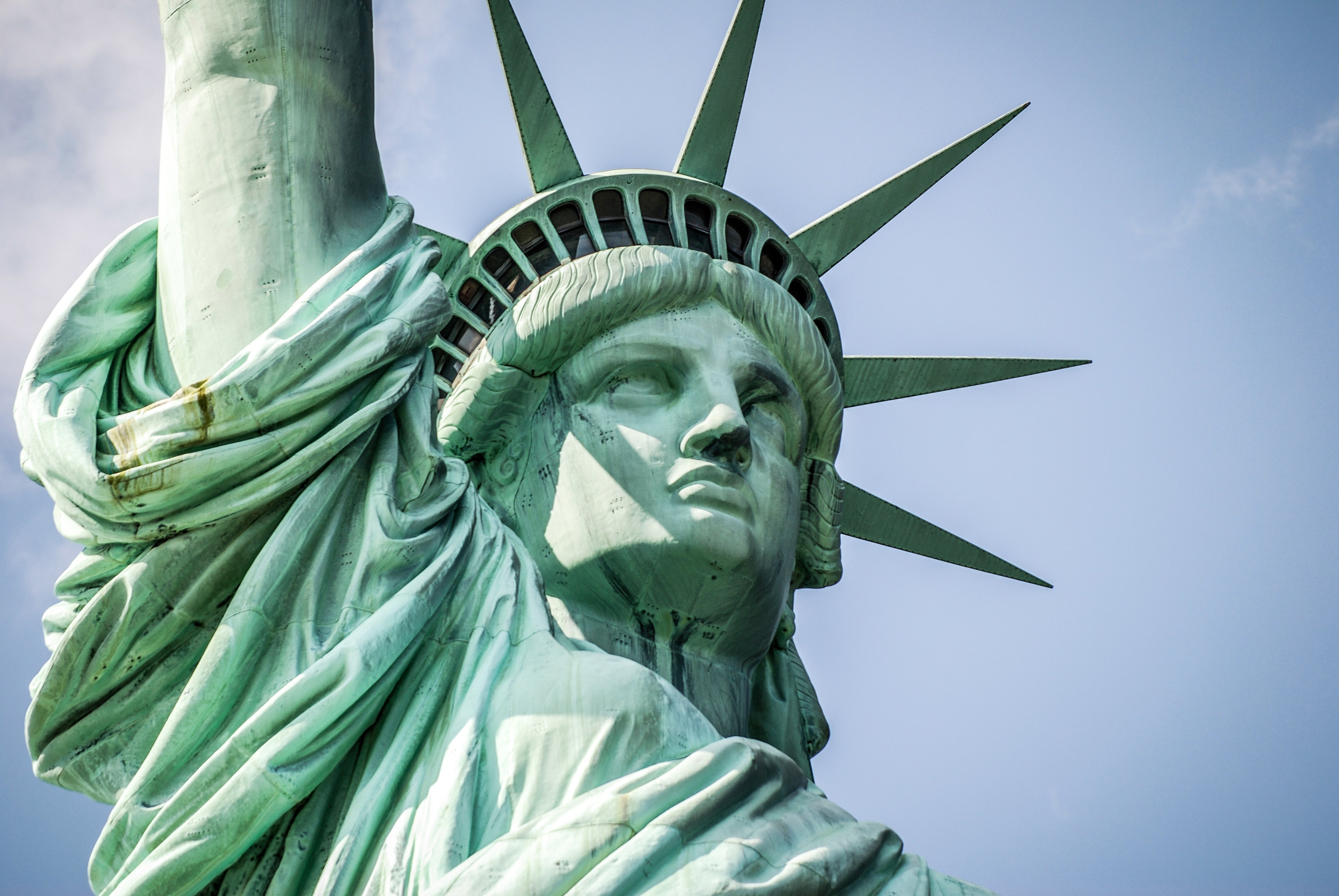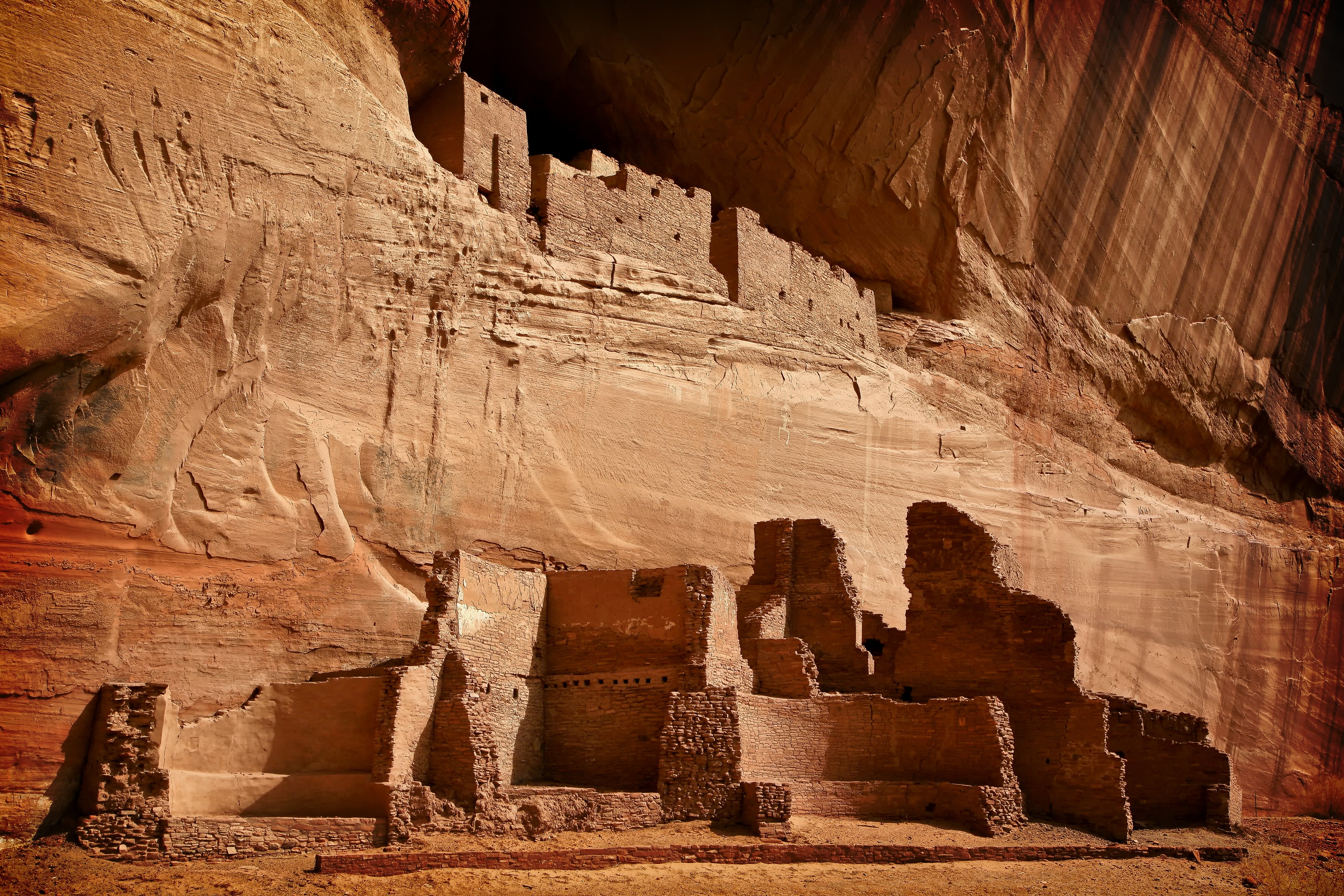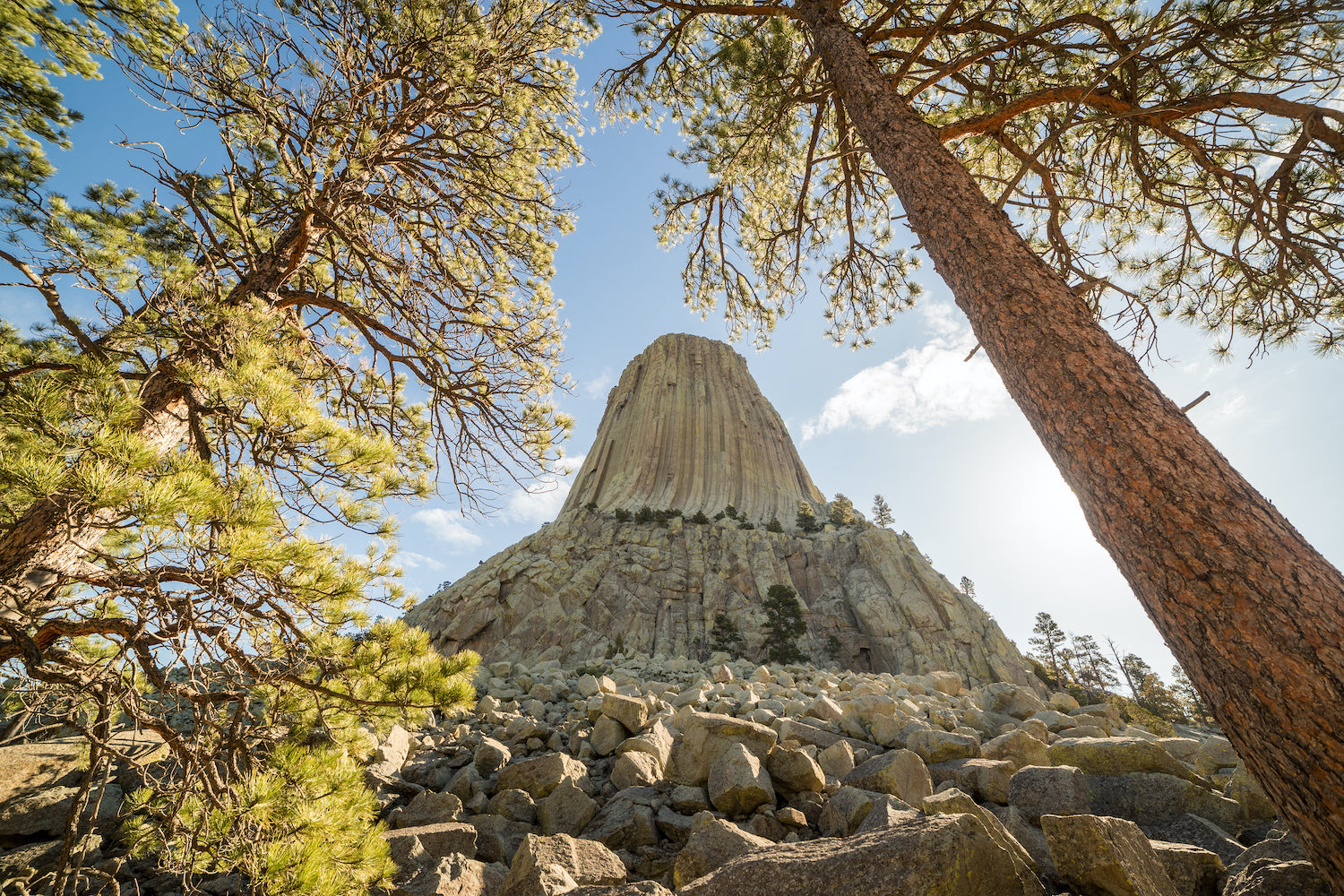Must See National Monuments in the U.S.A.
Must See National Monuments in the U.S.A.
Are you ready to take a journey to some of the most amazing National Monuments in the USA? With its rich history, you are sure to have a truly unforgettable experience. There are many amazing places to explore within the USA leaving you with unforgettable memories that will last a lifetime.
Here we will cover some of our favorite must-see National Monuments. So, come along with us and get ready to experience the best of USA's National Monuments!





































Leave a comment